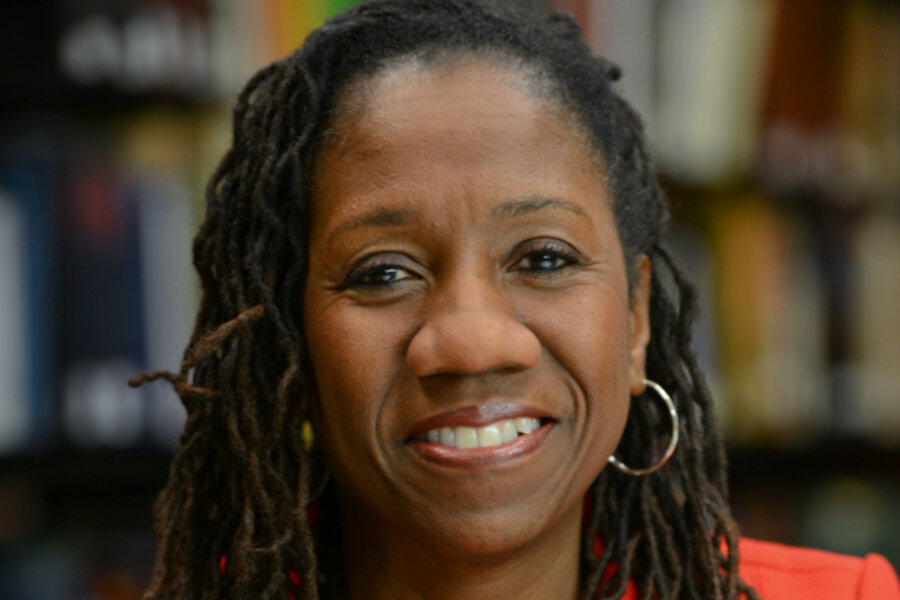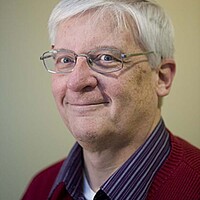Brown at 60: a civil rights landmark
Loading...
Tomorrow (May 17) marks 60 years since what was perhaps the most important Supreme Court decision of the 20th century, Brown v. Board of Education.
Today only older Americans can remember when segregation was the law of the land. In 1954 the Brown decision overturned the "separate but equal" concept that had been established in 1896 in the Court's Plessy v. Ferguson ruling.
On the Brown anniversary, says Sherrilyn Ifill, president of the NAACP Legal Defense Fund (LDF), Americans should both celebrate the progress the decision represents and recognize that the job isn't finished.
"The problem is that it's very hard for people to hold these two truths in their head at the same time," Ms. Ifill says. "One, that we have made extraordinary progress on race and opened up opportunity and access to so many people who were marginalized in the past. [And] two, we have a long way still to go."
The Brown decision was the result of two decades of work by many African American legal scholars, most notably Charles Hamilton Houston, dean of the law school at Howard University, and Thurgood Marshall, who would become the first head of the LDF and later a Supreme Court justice.
After the Civil War African Americans were still second-class citizens despite the words of the 14th amendment in 1868 promising equal protection under the law. In the 1896 Supreme Court decision Plessy v. Ferguson state laws mandating "separate but equal" treatment of the races were found legal.
But "state-sponsored segregation could never be equal," Ifill says. The Brown decision rejected it.
"It was an acknowledgement that segregation was not so that black and whites could flourish in their own communities," Ifill says. "It was created for the purpose of subordinating the black population. And the court recognized that in Brown."
Today, she says, "We take for granted the world that Brown ushered in, a diverse world in which many of us [of different races] work and live and interact. I don't think we have a black president without Brown."
Brown became "the opening salvo" of the civil rights movement, she pointed out in a recent telephone interview, "ushering in a period that forever changes this country. And we take it for granted now because we have expectations of equality, we have expectations of diversity.
"Of course there's still inequality. Of course there's still segregation, particularly in housing. But the reality is that our expectations have forever been changed because of Brown."
Today Supreme Court decisions are tending to return more power to the states. "It's worth remembering that the reason the states were cautioned about their power by the 14th amendment was because of their failure" to protect the rights of minorities, Ifill says.
One lessons we've learned since Brown is that those people who resisted integration "were wrong about the future of America, and what would keep America strong and make America strong," she says.
Ifill is too young to have experienced the early civil rights movement. But growing up in New York she had "a very socially conscious father," she recalls. "There were several newspapers in my home every day."
She sometimes wondered if she had missed the best moments of the movement. But as she grew older the idea of working inside the legal system to address wrongs seemed "so subversive and delicious. I wanted to be a part of it from the time I was a little girl."
As a young lawyer she worked at the American Civil Liberties Union and at LDF. She then spent 20 years teaching at the University of Maryland law school before rejoining LDF in 2012.
Is the goal now, she is asked, for the LDF to put itself out of business, to no longer be necessary?
"Absolutely. Absolutely. Absolutely," Ifill says. "Unfortunately, it doesn't look like that time is upon us. But that's the goal, to not need this.
"We feel proud of the success [of the LDF] but we feel very, very challenged by the work that is yet to come."
• The NAACP LDF website has a special "Brown at 60" section with more background on the Brown V. Board of Education decision. Visit it at http://www.naacpldf.org/brown-at-60








